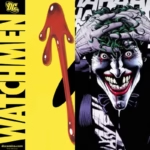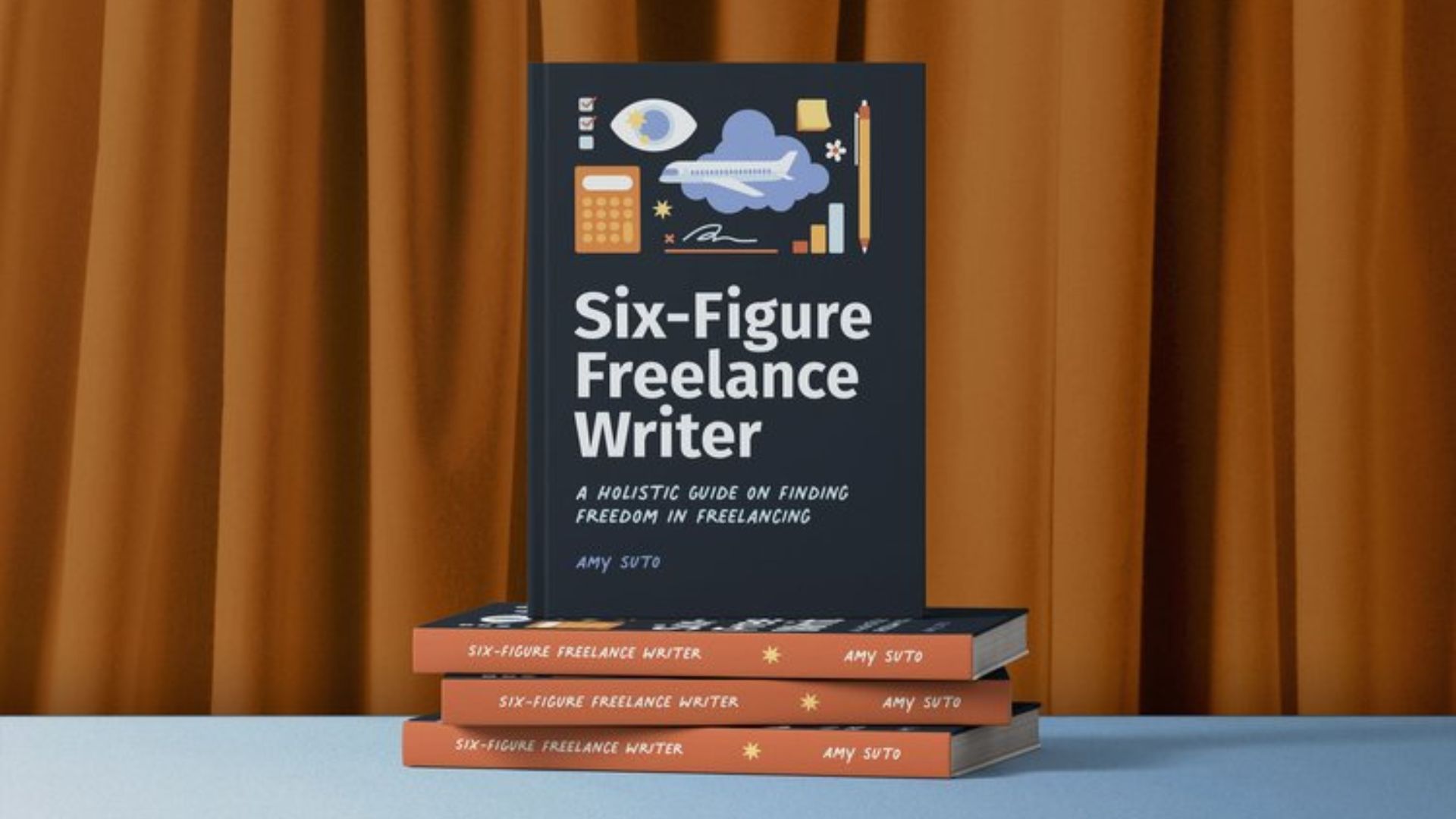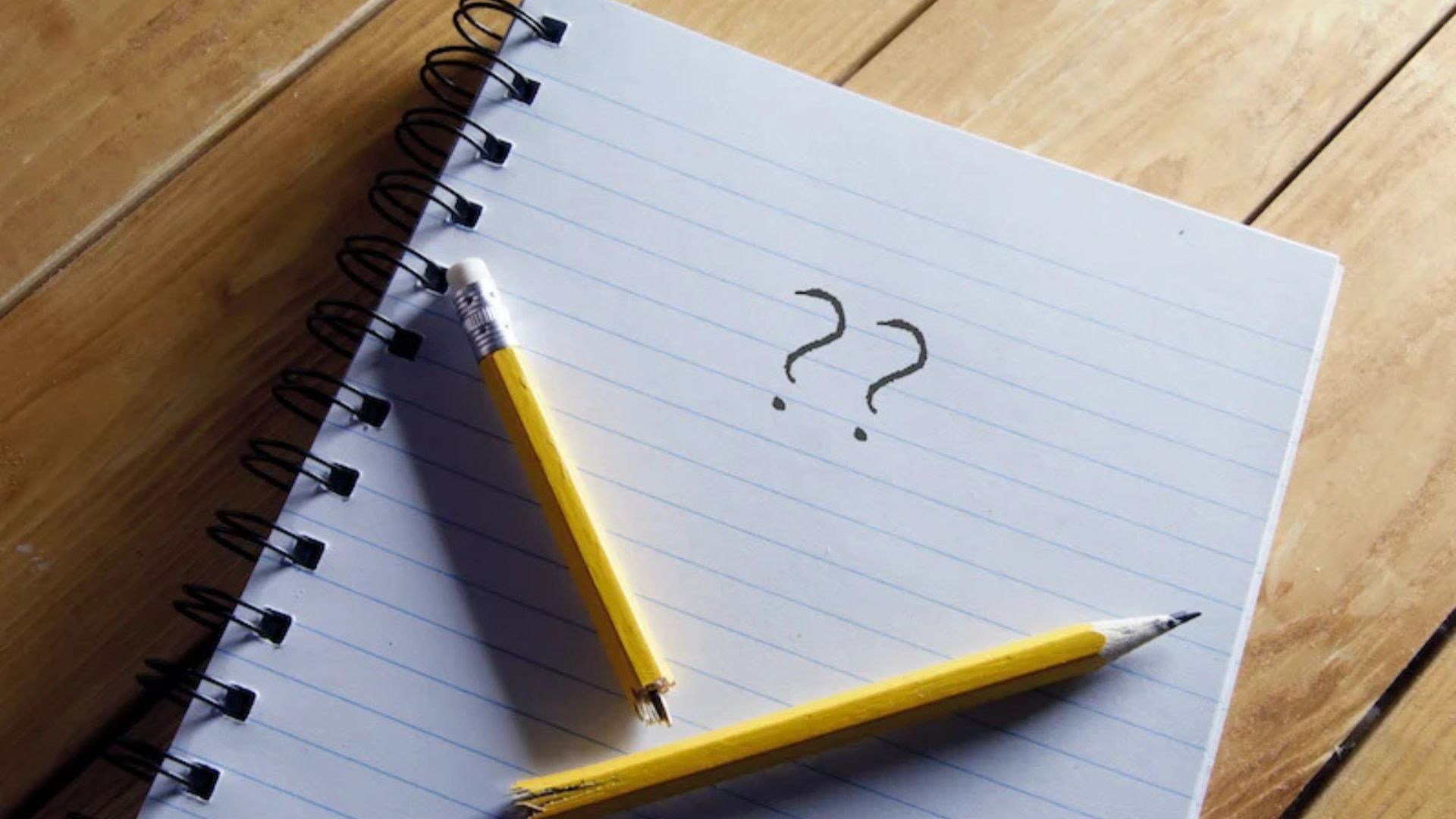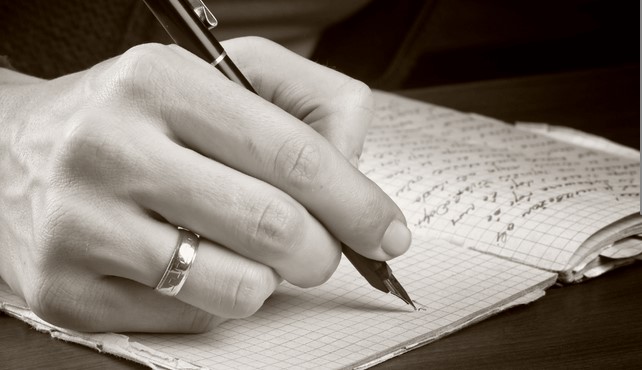The Editor as a Creative Partner
While many authors begin their journey alone, writing their first draft in isolation, the editor enters the picture to help refine the raw material and shape the final product. In this early stage, the editor functions as a creative partner, providing feedback that is both constructive and supportive.
Helping Authors Find Their Voice
An editor’s first task is to understand the author’s vision. Great editors respect the author’s unique voice and storytelling style, offering suggestions that enhance rather than overshadow the writer’s original intent. They encourage authors to develop their voice, helping them convey their ideas more clearly and with greater emotional impact.
- Example: An editor might suggest rewording a sentence to create a more poignant moment in a character’s dialogue or recommend adjusting the pacing of a scene to emphasize its emotional weight.
Clarifying the Story’s Structure
Editors are instrumental in helping authors build a coherent and engaging narrative structure. They might point out pacing issues, plot holes, or areas where character development feels stagnant. By guiding the author through these challenges, an editor ensures the story flows smoothly and captures the reader’s attention.
- Example: If an author’s novel feels meandering or loses momentum halfway through, an editor may suggest cutting unnecessary scenes or introducing a subplot to reinvigorate the plot.
Types of Editing and Their Role
The editing process typically involves several stages, each focusing on a different aspect of the manuscript. Understanding the various types of editing can shed light on the specific contributions editors make at different points in the publishing process.
Developmental Editing (Substantive Editing)
Developmental editing is the most comprehensive stage of editing. It involves examining the manuscript as a whole, and analyzing elements like structure, plot, character development, and themes. A developmental editor works closely with the author to ensure the story is as compelling as possible.
Conclusion
The role of an editor in an author’s journey is multifaceted and indispensable. Editors are not just gatekeepers of grammar and spelling—they are creative partners who help authors refine their ideas, enhance their storytelling, and prepare their manuscripts for the world. Through various stages of editing, from developmental to proofreading, editors provide valuable feedback, market insights, and emotional support, ultimately shaping the manuscript into its best possible form. For authors, editors are not only critical to the success of their current project but also contribute to their long-term growth as writers. In the collaborative world of publishing, the relationship between author and editor is a vital one, and its impact can be felt long after the final manuscript is submitted.










